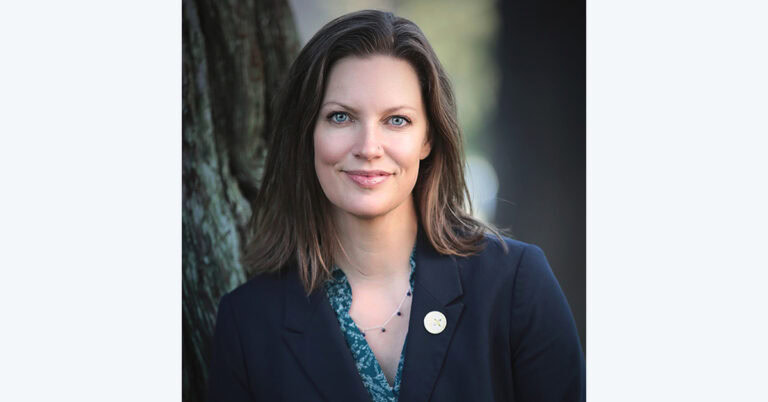Deputy Director
CCST Board Member Spearheads University Licensing Guidelines
May 8, 2007 | CCST Newsroom | Contact: M. Daniel DeCillis

A meeting convened at Stanford in July 2006 by CCST Board member Arthur Bienenstock has led to a set of guidelines intended to protect the public interest when universities grant licenses for the rights to their latest scientific advances to private parties.
“We hope that every university when considering the licensing of intellectual property will consider these points,” said Bienenstock, Special Assistant to the President for Federal Research Policy at Stanford. “We think it is in the public interest for universities and other nonprofit institutions to continue to do research that leads to advances in fields associated with university-held intellectual property.”
The guidelines represent the consensus of a group of representatives from leading research universities, including the California Institute of Technology, Cornell, Harvard, Massachusetts Institute of Technology, the University of California system, the Chicago and Urbana-Champaign campuses of the University of Illinois, University of Washington, Wisconsin Alumni Research Foundation and Yale University. The Association of American Medical Colleges also has endorsed it.
The white paper – titled “In the Public Interest: Nine Points to Consider in Licensing University Technology” – aims to encourage technology transfer agreements to facilitate broad development and dissemination of university-generated technologies. A key point is that researchers at universities across the country should be able to continue to work with intellectual property that has been licensed to commercial concerns.
Although the guidelines are advisory and many are already being practiced, Katharine Ku, Stanford’s director of technology licensing, said “it will create a buzz” among those involved in technology transfer. “It may well be the first document that comes from the community that suggests a set of good practices for the rest of the community,” added Ku, who worked with Bienenstock to organize the event.
The question of intellectual property policies has been an increasing focus for several years in California. In 2005-2006, CCST conducted an analysis on how and whether to implement a set of consistent statewide IP policies; in addition to the final report (January 2006), an interim document was prepared focusing on issues pertaining to the new state agency, California Institute for Regenerative Medicine (August 2005). Ku participated as a member of CCST’s intellectual property study group.
Although universities have licensed their intellectual property for many decades, the federal Bayh-Dole Act of 1980, which encouraged universities to collaborate with the private for-profit sector to promote the use of inventions resulting from federal funding, greatly stimulated these practices. That law helped bring to the public a plethora of innovations, including such Stanford-born inventions as the Google search engine , recombinant DNA technology and the ability to make ring tones in cell phones. (CCST’s report recommended using the Bayh-Dole Act as a model for state IP policy.)
But in recent years, as more universities have engaged in this practice, technology transfer efforts have presented new challenges. Some licenses have restricted academic scientists from pursuing new avenues of research because companies have been increasingly patenting the basic science discoveries rather than just the commercial application, potentially limiting new lines of inquiry that scientists only identify years after the initial license is negotiated. This conflicts both with the universities’ role as societal benefactors and with the academic freedom which fosters innovation in research and development.
“The guiding precept is that discoveries made at universities are made in the public interest regardless of the sources of research funds,” said Dr. David Korn, AAMC senior vice president and a participant at the July conference. “We must never lose sight of the social contract that universities have with society at large.”
GUIDELINES
|




